BRF-266C
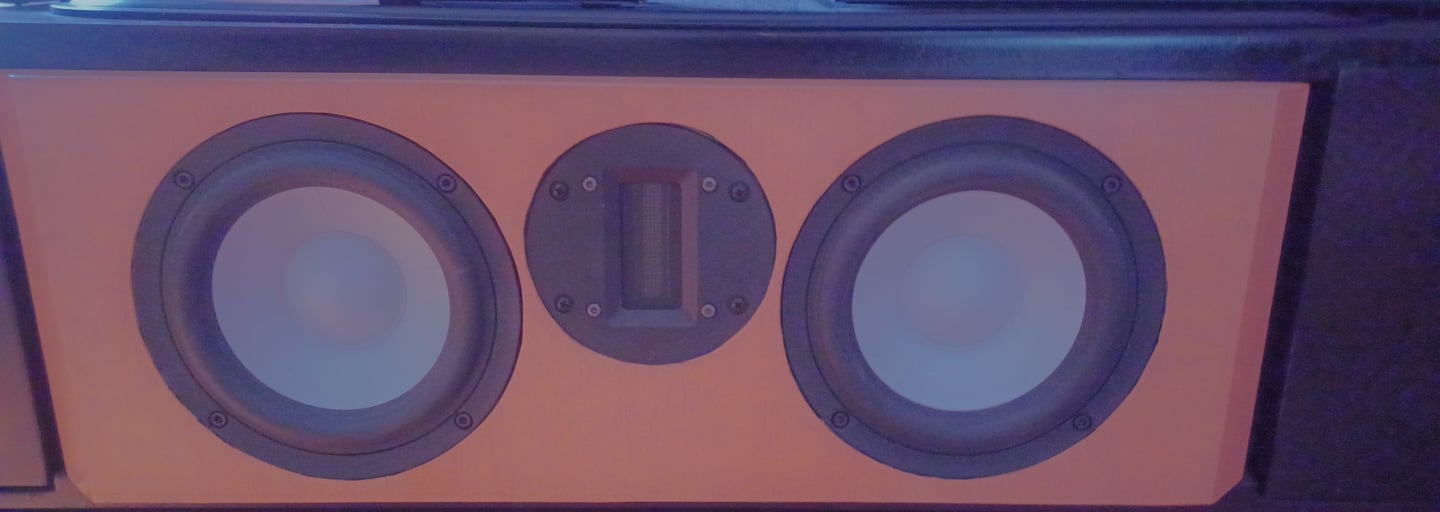

The BRF-266C is a sealed MTM center speaker. It uses two 6 inch SBAcoustics SB17CAC35-8 ceramic cone woofers and Fountek NeoCD3.0 ribbon tweeter. The drivers are crossed at approximately 2750 Hz. The enclose volume is roughly 8.25 liters tuned to 72 Hz and a Qtc of .842 .
BRF-266C Design notes
Design Goals
1. Design a center speaker to compliment the BRF-377T
2. Will be used with a sub-woofer
3. Minimum enclosure to fit under TV
4. Use reasonably price parts
I was using a JBL 520C stuffed in a riser under my TV in my living room. Is was designing my BRF-26B surrounds and decided to replace the JBL with it 4 inch woofers and rear port. I used all the same drivers as the surrounds which allowed me build and test both the ceter and surround with a initial minimal driver investment. I would have liked to build a 3 way rather than a poorly measuring horizontal MTM but I was severly space limit and could find no way get a midrange and tweeter in the maximum 7 3/4 inch tall enclosure. Luckily there are only two of us so no one sits more 10 to 15 degrees off access. So I used a pair of SBAcoustics SB17CAC35-8 6 inch ceramic mid-woofers and Fountek NeoCD3.0 ribbon tweeter.
Because this is a center speaker that will be used with sub-woofers and it is installed in a riser below the TV I chose a sealed enclosure. The enclosure is 23 inches wide, 7 3/4 inches tall and 13 1/2 inches deep. The enclosure is divided into 3 chambers, one on each end for the woofers and one in the middle that contains the tweeter and the crossover. The sealed woofer chambers have an internal volume of about 7.25 liters, an Fsc of 75 Hz and a Qtc 0.875 . The high Qtc was unavoidable because of the size constraints caused by the required placement. The tops, bottoms and sides are made with 3/3 inch Baltic Birch plywood and the bezel and back are made from 3/4 inch MDF with the the bezel consisting two layers. There are 1 1/2 inch wide braces in cross shape in the woofer chambers made of 3/4 MDF. The front has a 1 chamfers on the left and right sides, this is may not large enough to effect diffraction and just be just cosmetic. All sides are covered with beech veneer and finished with clear shellac. Grills made from 1/8 hard board attached by magnets buried under the veneer.
Do to cold weather I was unable to make measurements outside so the best I could do is to move the cars out of my two car garage and measure in there. I still very cold in there and I had to pause my measurements waiting for lulls in the traffic noise, This setup was not ideal because of the low ceiling height but it was the best I could do. I had to use a very short gate but my theory (I'm sure it is full of holes) is there isn't much that can be done at the low end so I just focus on the crossover region and the high end. I used a full set of polar measurements with VituixCAD and fairly quickly modifed the crossover from the BRD-26B surrounds. I used 3rd order electrical filters which yielded an acoustic BW3 low pass at 2400 Hz and a LR4 high pass @ 2300 Hz. The breakup at 8 Khz is only 25 dB down but during my testing I tried notching via DSP and I could not hear any difference in my listening tests. I didn't like the rising response above 10 kHz so I inserted a 100uH inductor in series with the tweeter. If I had it to do again I'm use a Zobel to flatten it out.
Simulations
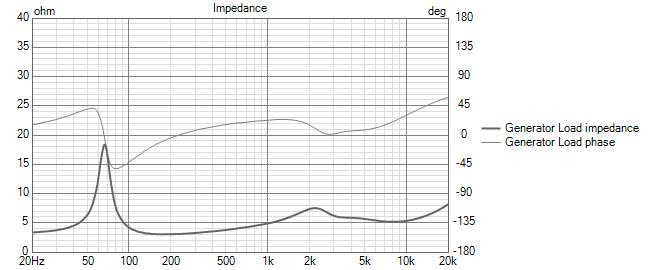

BRF-266C VituixCAD simulated impedance
BRF-266C VituixCAD simulated Frequency Response

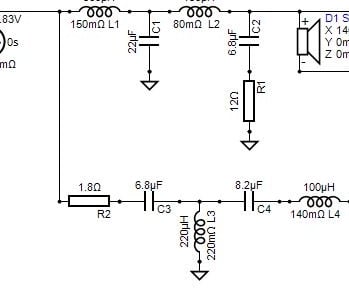
BRF-266C VituixCAD XO

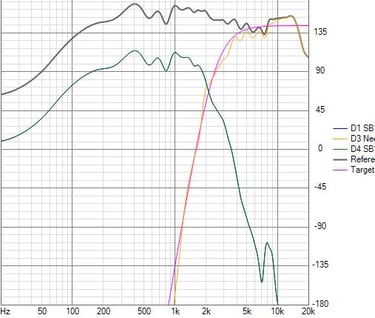
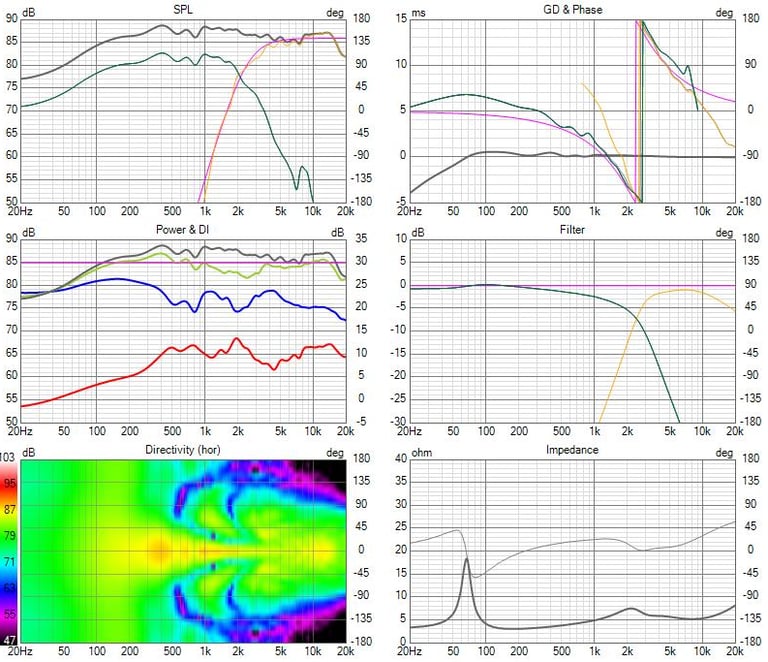

BRF-266C VituixCAD 6 pack
Outdoor measurements

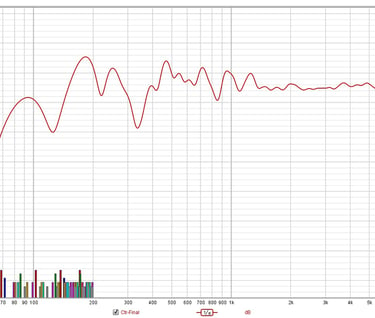
BRF-266C Total Frequency Response
